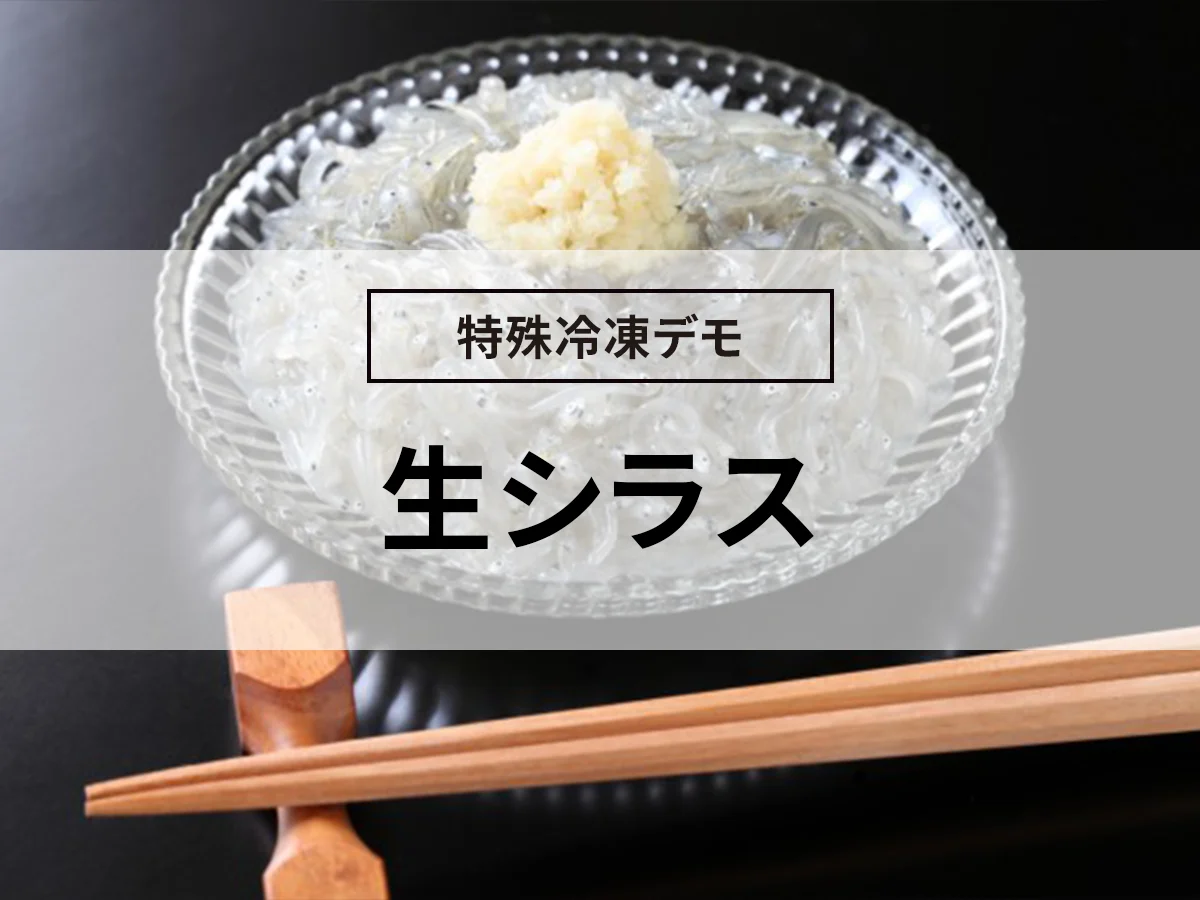Benefits of frozen food logistics to meet cold chain challenges and 2024 issues
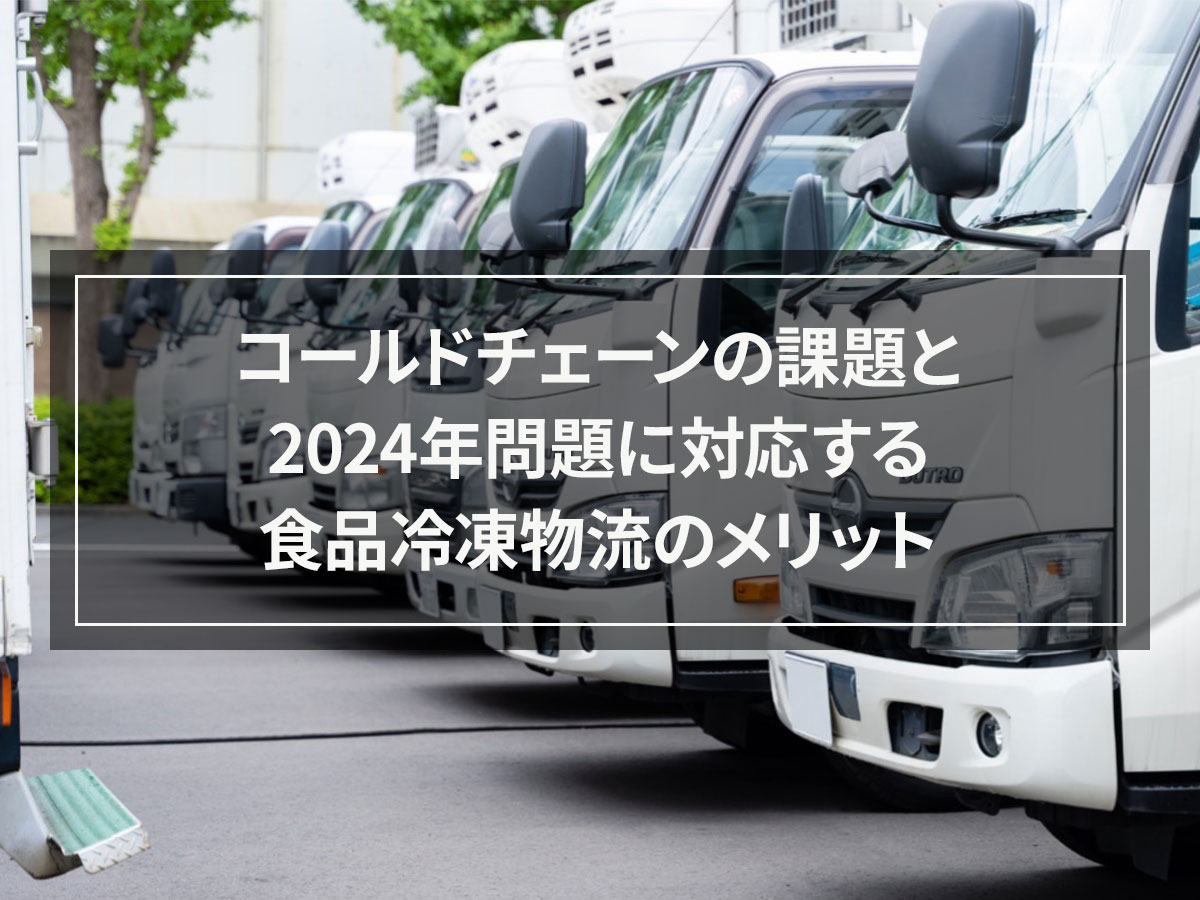
Did you know that cold chain issues are becoming more serious?
Due to the ``2024 problem'' in the logistics and transportation industry, an upper limit has been set on the working hours of drivers, and there are concerns that the distance traveled by each person will become shorter, leading to the problem of ``not being able to transport goods.''
It is said that the impact on food products will be particularly large, and it is expected that there will be a situation where things that were previously able to be transported will no longer be able to be transported.
In this article, we will provide an overview of cold chains, possible problems with the 2024 problem, and countermeasures.
目次
- 1What is cold chain?
- 2 [2024 Issue] Why is reviewing the cold chain important?
- 3 Disadvantages of refrigerated cold chain
- 4 Benefits and implementation examples of refrigeration cold chain
- 5 The quality of frozen foods is improving
- 6 ` `Artlock Freezer'' rapid freezer that reproduces the deliciousness of freshly made food
- 7 Conclusion
What is cold chain?

"Cold chain" is a form of distribution that transports food (ingredients), medical supplies, etc. to the point of consumption while maintaining consistently low temperatures.
Also called a low-temperature logistics system, this system makes it possible to transport products that cannot be stored at room temperature to long distances and extend their shelf life. Warehouses and transport trucks for storing products also have specifications and equipment that differ from those used in room-temperature logistics.
The temperature range of the cold chain is controlled at a temperature determined for each product.
[Example of temperature range]
Frozen products: -15℃ or less
Refrigerated products: 2-10℃
Room temperature product: 10~20℃
Cold chain market size exceeds $295.4 billion
According to The Business Research Company's "Cold Chain Global Market Report 2023," the global cold chain market size is estimated to be 270.55 billion USD in 2022 and 295.4 billion USD in 2023. It has been seen to grow to US$20 million.
On the other hand, the global logistics market as a whole will reach US$5.2 trillion in 2022.
According to an announcement compiled by the Japan Frozen Foods Association, the factory shipment value of frozen foods in 2021 was 737.1 billion yen.
Source: Cold Chain Global Market Report 2023 (The Business Research Company)
Importance of cold chain in freezing temperature range
In Japan, the importance of the cold chain in the frozen temperature range is increasing.
Particularly in recent years, demand for frozen foods has been increasing year by year due to improved quality and widespread use of frozen foods. In 2022, the annual per capita consumption of frozen foods will be 23.9 kg, the highest ever recorded since the survey began in 1961.
In order to respond to this situation, the importance of the "cold chain that handles frozen products" is increasing.
Source: Japan Frozen Food Association ❘ Domestic consumption trends
[2024 Issue] Why is reviewing the cold chain important?

The logistics and transportation industry is facing an issue called the "2024 problem."
The 2024 issue refers to the enforcement of work style reform laws that will impose upper limits on truck drivers' working hours. This raises concerns about the following issues:
- Drastic reduction in the amount of luggage that can be carried in a day
- Decrease in sales and profits of truck operators
- Driver income reduction, etc.
There is already a shortage of truck drivers in the logistics industry. As a result, there is a possibility that the shortage of drivers will become more serious in the future, leading to situations where people may not be able to transport goods even if they want to, or it will take a long time even if they can.
The same thing is very likely to happen in the cold chain.
In particular, refrigerated delivery is at a temperature range that is often used for daily deliveries at convenience stores and supermarkets. Refrigerated products have a short shelf life, so they tend to be delivered more frequently.
More frequent deliveries means more trucks and drivers are needed. On the other hand, if we can reduce the frequency of deliveries by reviewing the refrigeration cold chain, we may be able to significantly alleviate the driver shortage.
From this perspective, a review of the cold chain is becoming important.
Disadvantages of refrigeration cold chain

According to the country's ``Study Group for the Realization of Sustainable Logistics,'' the shortage of transportation capacity (the rate at which cargo cannot be transported as desired) is expected to rise to 14.2% in 2024 and 34.1% in 2023. Masu. Among these, the sector that is said to be particularly affected is food.
Companies that actually use cold chains to transport food products are also considering the 2024 problem. The current cold chain, which mainly relies on refrigeration, risks making it difficult to transport food in the future.
In particular, businesses such as convenience stores and supermarkets that have built cold chains that frequently deliver refrigerated daily items with a short shelf life are likely to have a greater impact.
What is attracting attention as a solution to the ``2024 problem'' is the construction of a cold chain based on ``freezing'' rather than ``refrigeration.''
Benefits and implementation examples of refrigeration cold chain

Building a refrigeration cold chain could greatly alleviate the driver shortage problem.
By freezing, lunch boxes from convenience stores can be stored in the store's freezer for a long period of time. If you can stock it for a long period of time, you won't have to ship it multiple times a day, which can greatly reduce the shipping load.
In addition, there are cases where it leads to improved production efficiency as a side effect. Freezing food reduces waste, reduces food loss, and thereby reduces total costs.
In manufacturing as well, manufactured products can be stocked and shipped at the required timing. Using planned production, in which products are manufactured when there is time and shipped when there is demand, it also helps to even out the busy and slow seasons.
Refrigeration cold chain initiatives are already underway at the following major companies.
Ajinomoto Frozen Foods Co., Ltd.
Ajinomoto Frozen Foods, a major food manufacturer, is implementing medium- to long-term initiatives to resolve the food loss problem by 2050.
For frozen foods in particular, we conduct long-term storage tests on all of our products, achieving a shelf life of 1 to 1.5 years.
Reference: Ajinomoto Frozen Foods Co., Inc. | Reducing food loss by extending expiration dates
Nichirei Co., Ltd.
Nichirei was the first company in Japan to start the refrigeration business. Since our founding, we have been developing our business with a focus on "cold power," and as part of our efforts to reduce food loss, we are implementing the following cold chain reviews.
- Producing frozen foods that can be stored for long periods of time while retaining the freshly made taste
- Adjust demand by rapid freezing and thawing in cold storage
- We provide high-quality low-temperature logistics services with our low-temperature logistics bases and nationwide transportation and delivery network.
Reference: Nichirei Corporation | Nichirei Food Loss Research Institute
Lawson
Lawson has started a demonstration experiment to sell "frozen rice balls" in order to handle high-quality frozen foods. Lawson's frozen rice balls are individually wrapped rice balls that are sold frozen.
Reference: Lawson | Experimental sale of 6 “frozen rice balls”
If we increase the number of high-quality frozen products, we will be able to serve depopulated areas where frequent deliveries are difficult, and we will also be able to open convenience stores.
The quality of frozen foods is improving

Some people may have the impression that frozen foods are not tasty, but the quality of frozen foods has improved compared to the past. In recent years, there have been an increasing number of cases in which high-end restaurants that have earned Michelin stars and famous stores have entered the frozen food sales business.

Quote: https://prtimes.jp/main/html/rd/p/000000011.000118864.html
The evolution of refrigeration technology has had a major impact on the ability to manufacture and sell such high-quality frozen foods.
In the case of conventional freezing technology, quality deteriorated due to cell destruction during freezing, but this problem has now been resolved and food can be frozen without sacrificing texture, flavor, or nutrition. It is now possible.
The latest freezing technology is not just a technology to extend shelf life, but a technology that allows you to enjoy the taste of local food anywhere.
``Artlock Freezer'' rapid freezer that reproduces the deliciousness of freshly cooked food.

Artlock Freezer is capable of high-quality freezing through automatic control using AI and a micro-wind system that generates fine cold air.

It minimizes damage to food and can rapid freezing food at any temperature, making it possible to quickly freeze food that was previously considered difficult to freeze.
Conclusion
The size of the cold chain market is expanding significantly both domestically and internationally. It is likely that demand will continue to increase in the future.
Additionally, in Japan's domestic logistics industry, there is an emphasis on reconsidering the traditional refrigeration-based cold chain to a frozen cold chain in order to resolve issues such as the 2024 problem. In fact, various companies are starting to take action.
It is thought that future food logistics will need to take into consideration the need for frozen cold chains. Furthermore, advances in freezing technology have made it possible to freeze foods that were previously impossible to freeze.
If you are interested in new refrigeration technology, please take a look at the details of the Art Lock Freezer.








![[Storage period increased by 30 times! ] Achieving a stable supply of raw whitebait!](https://shunkashutou.com/wp-content/uploads/2016/11/579c55e6d32e1385c250e8e7c3ed59a71.jpg)
![[Sales increased 100 times! ] rapid freezing the signature menu “Ni-katsu sandwich”!](https://shunkashutou.com/wp-content/uploads/2016/11/IMG_02391.jpg)
![[Horse sashimi] We have significantly reduced waste loss with rapid freezer!](https://shunkashutou.com/wp-content/uploads/2016/11/5fda59d0cbcdabde18e58c3c58c09ed0.jpg)




![[Storage period increased from 3 days to half a year! ] Restaurants are expanding their business using wholesale and mail order!](https://shunkashutou.com/wp-content/uploads/2018/04/66c19942ab4ba346fdb64ccc04cde373.png)
![[Reduce loss from 200 kg of oysters to zero] Improve loss and expand business with rapid freezer](https://shunkashutou.com/wp-content/uploads/2018/06/19785ca583a8d3c4041c7c192d041b0d.jpg)














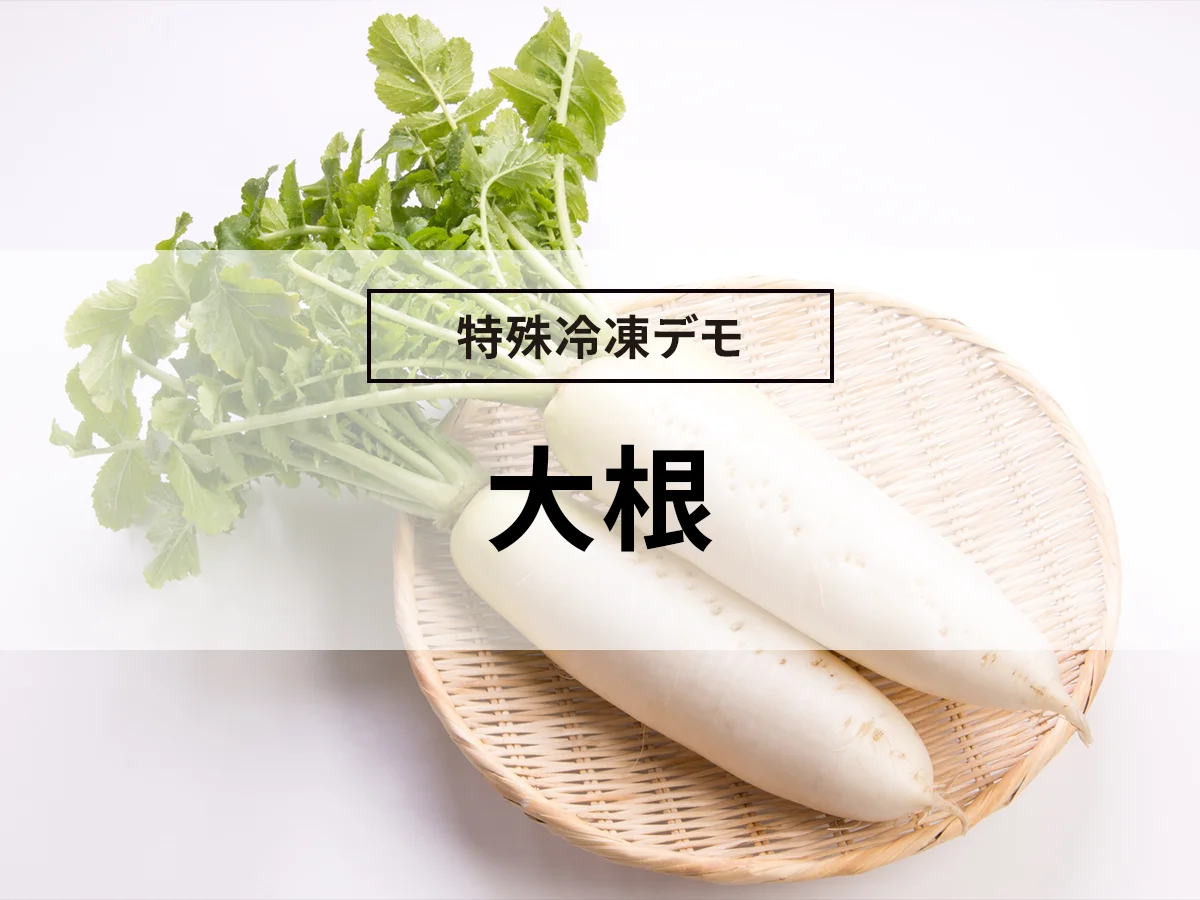
![[Wholesale] Advantages and success stories of introducing rapid freezer](https://shunkashutou.com/wp-content/uploads/2015/05/jirei_oroshi_img_01.jpg)

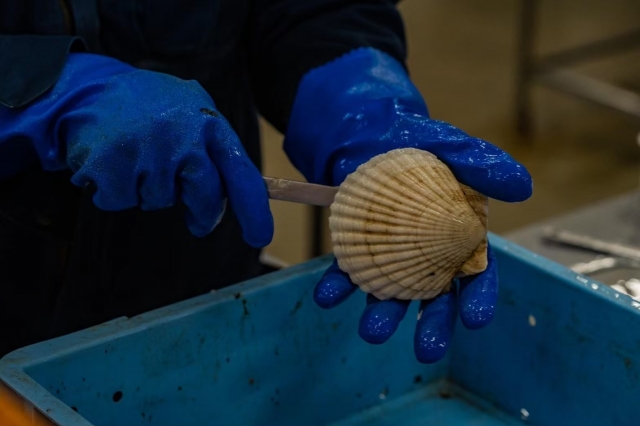
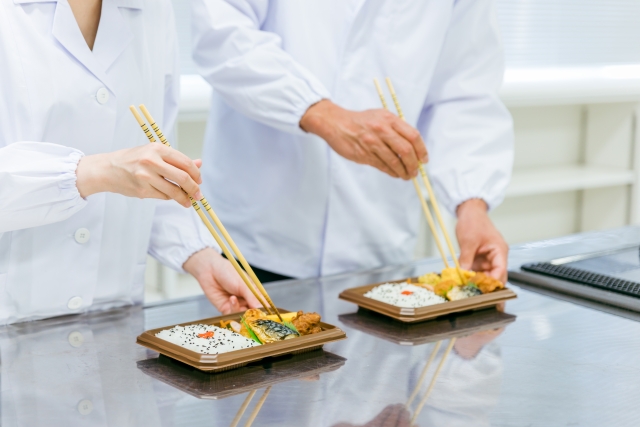
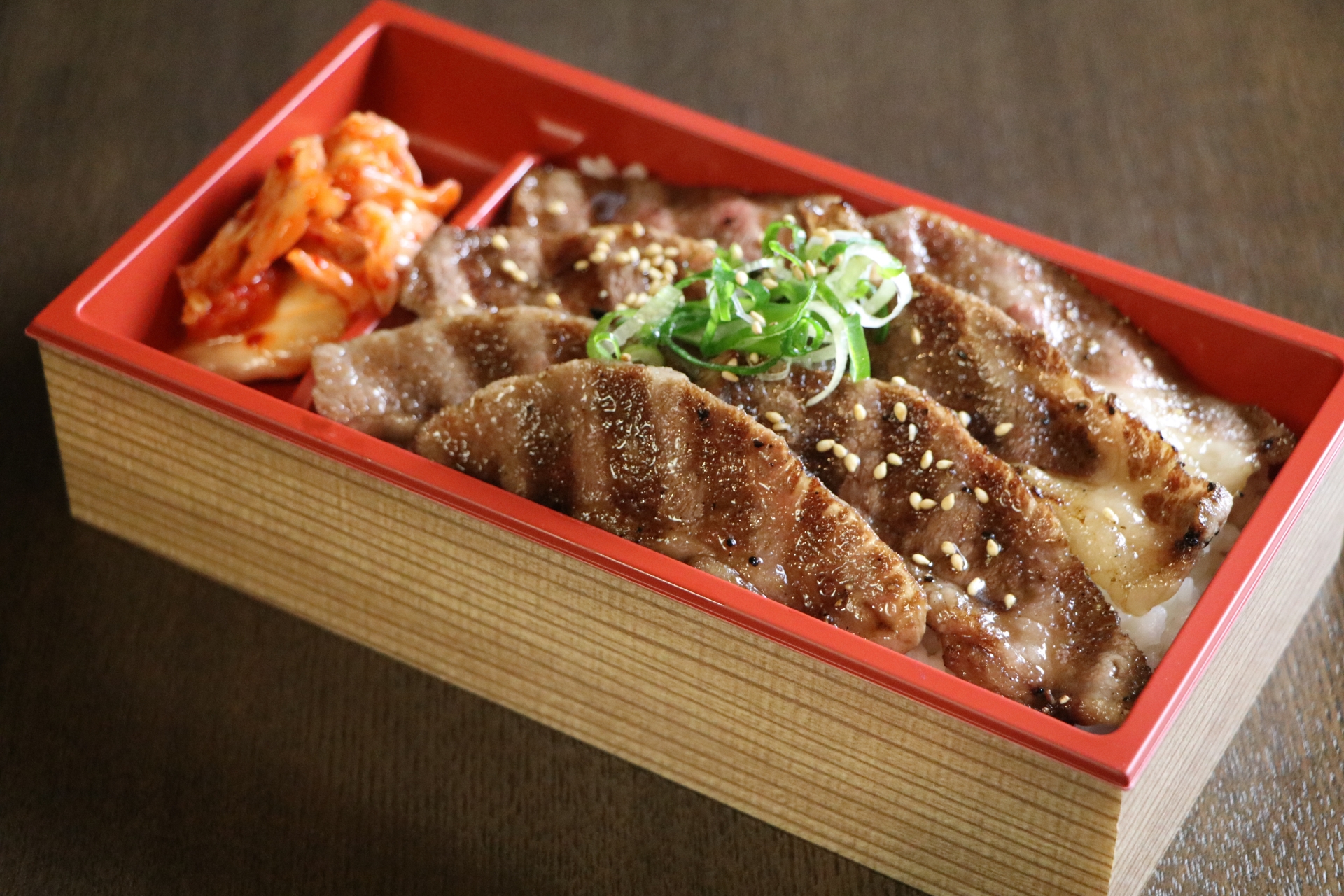
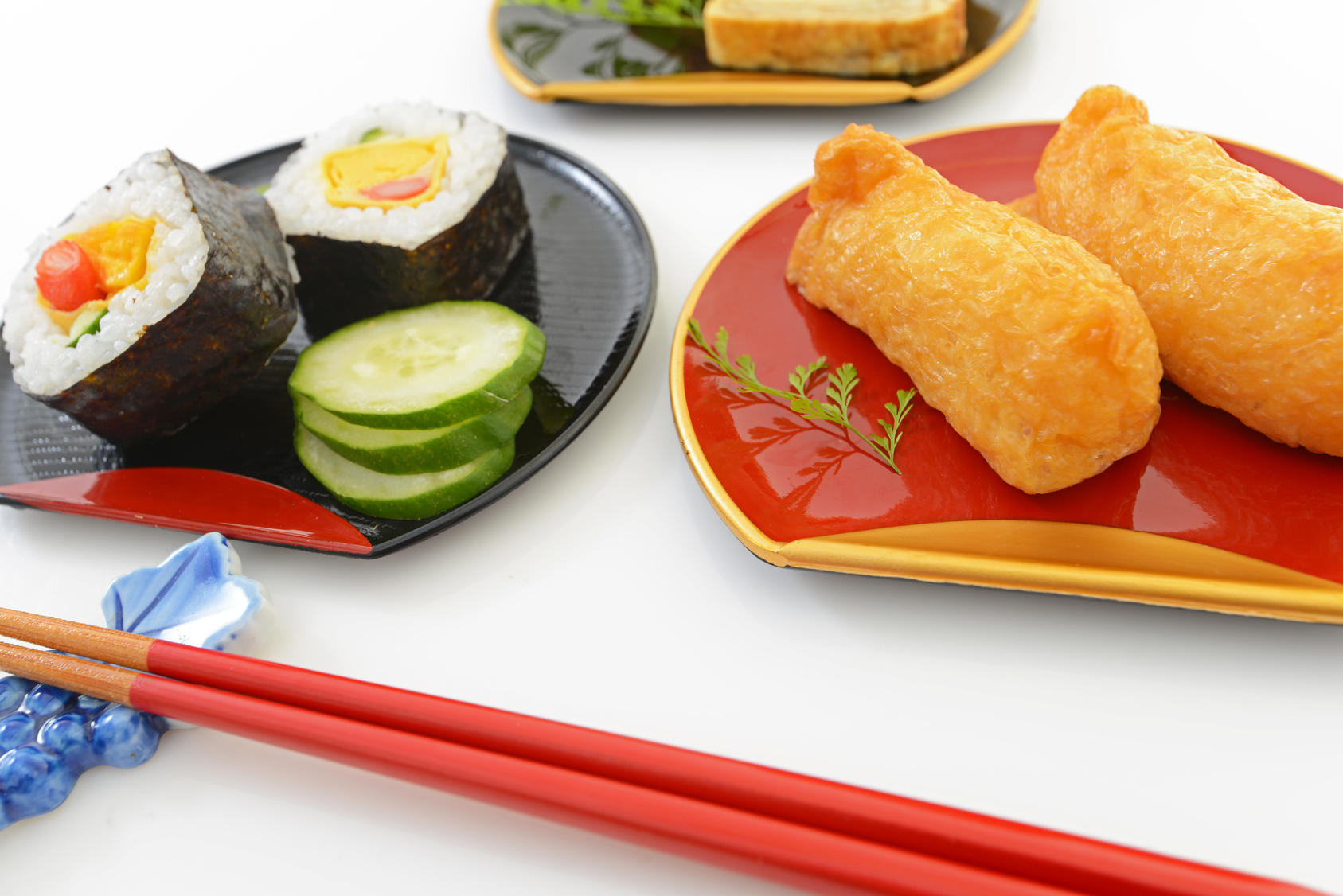
![[Solving issues in the retail industry] Liquid freezing machines that should be introduced in supermarkets](https://shunkashutou.com/wp-content/uploads/2015/09/60172f0f261fd750c4016165c3c56cc8.jpg)
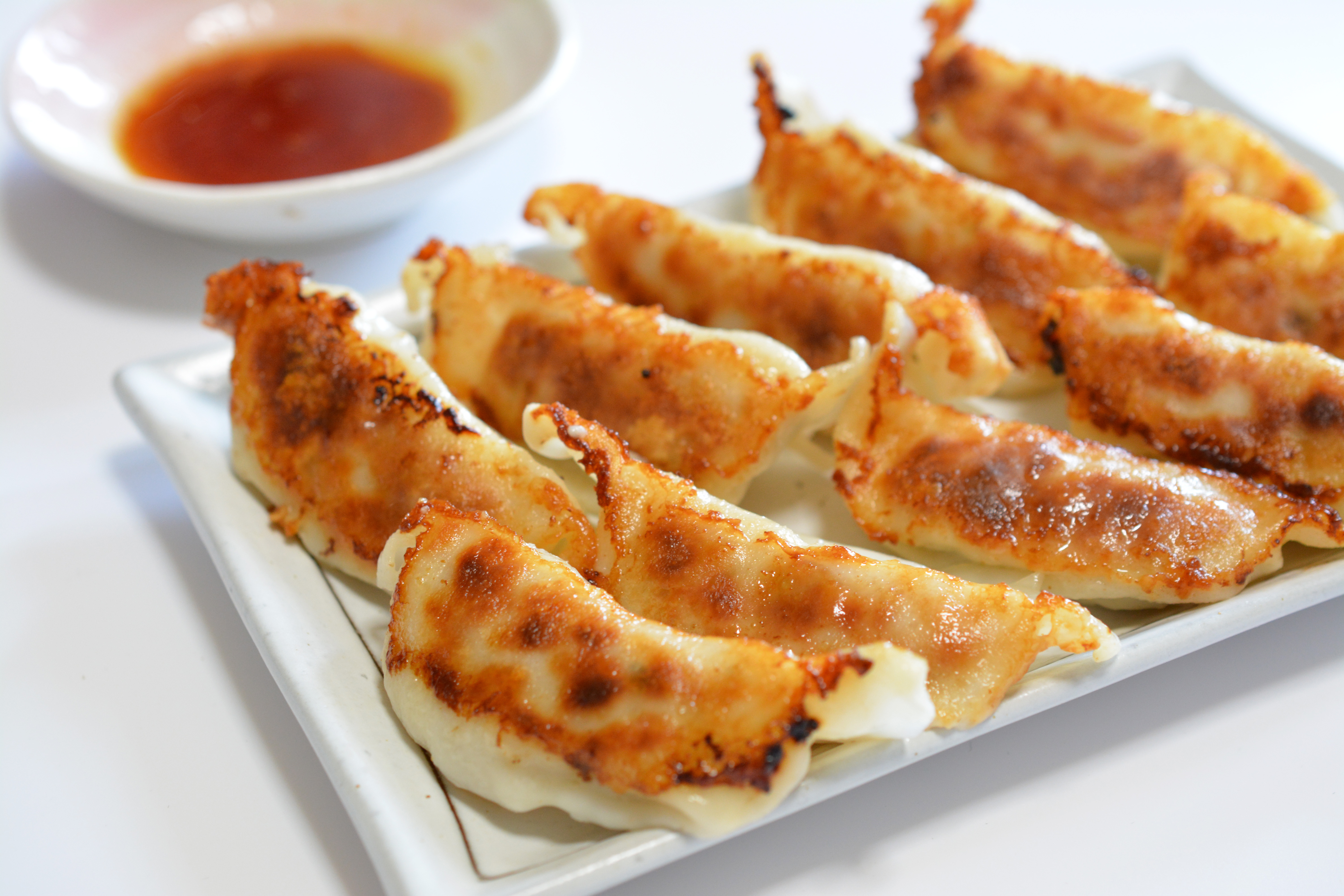

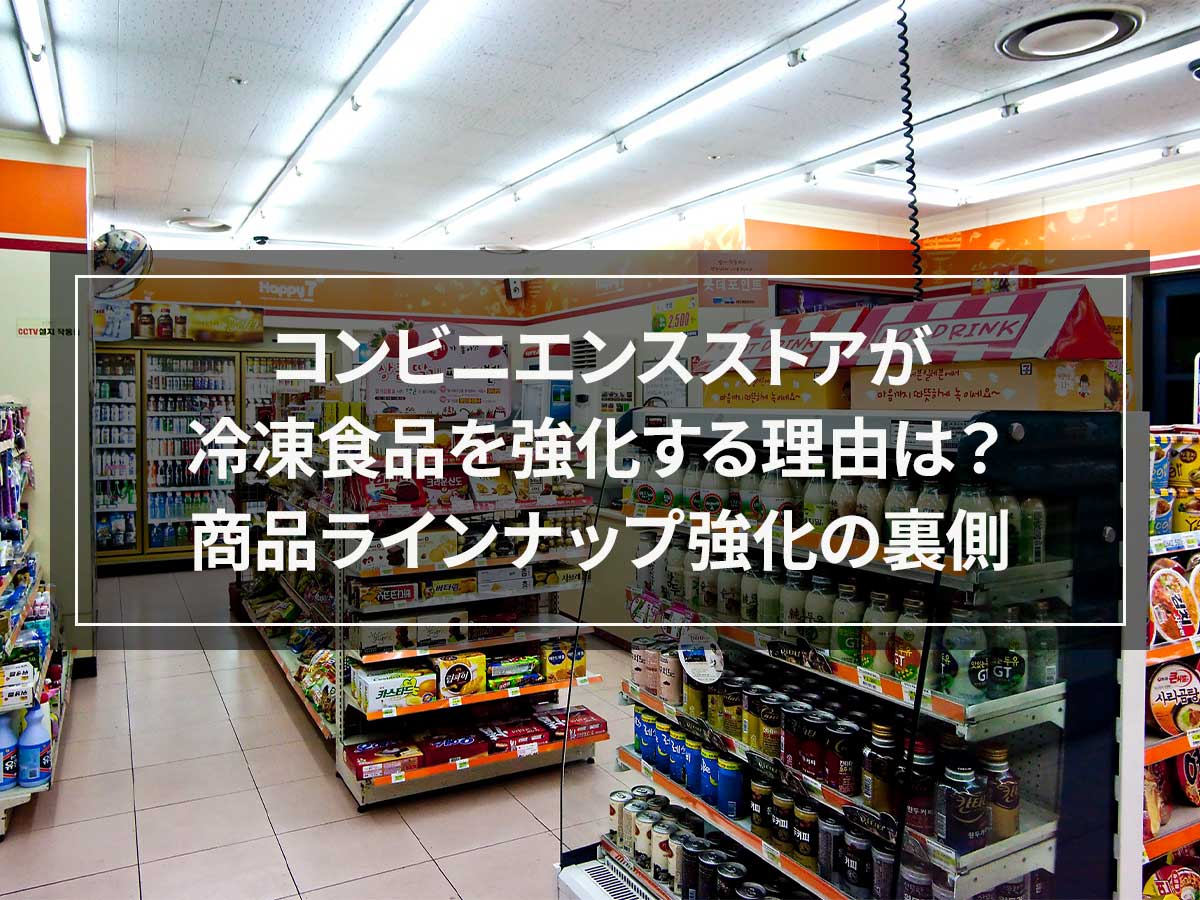
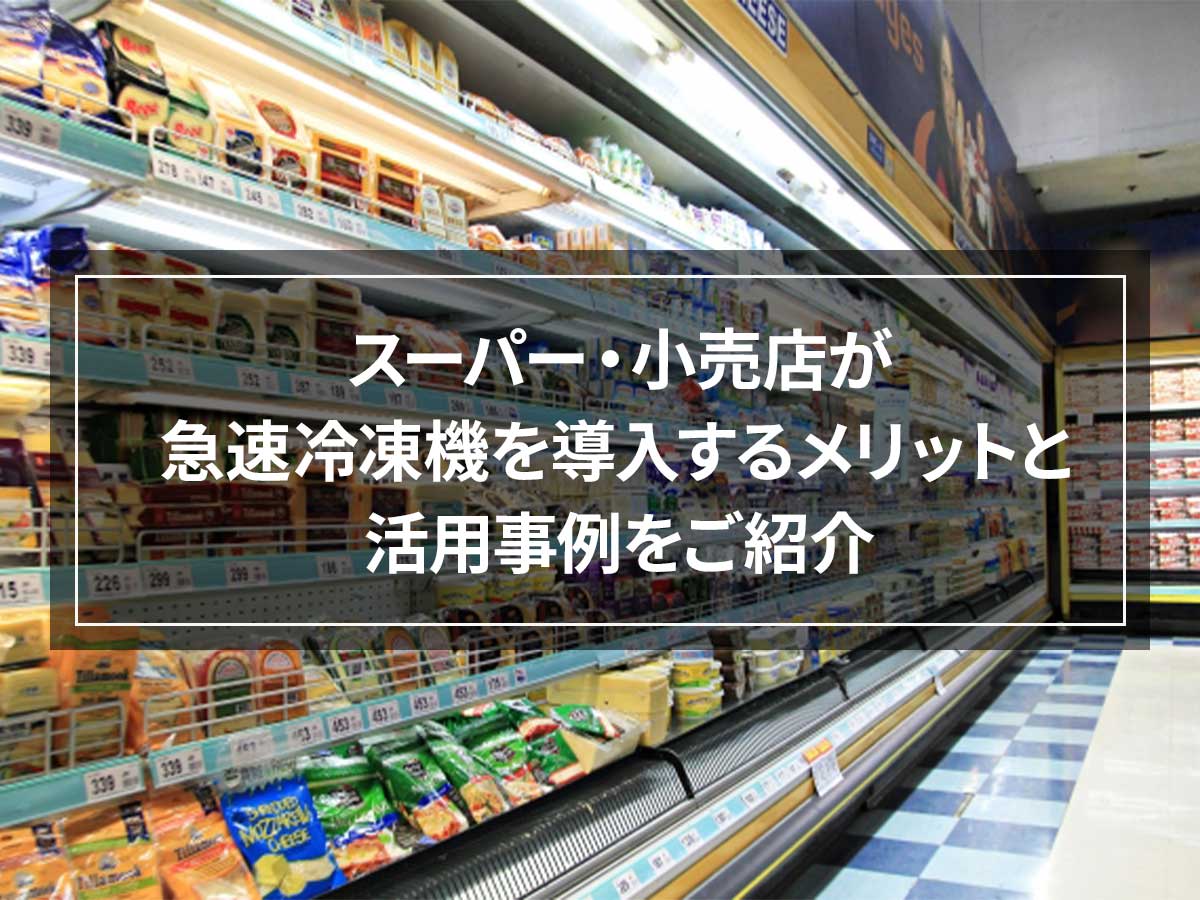
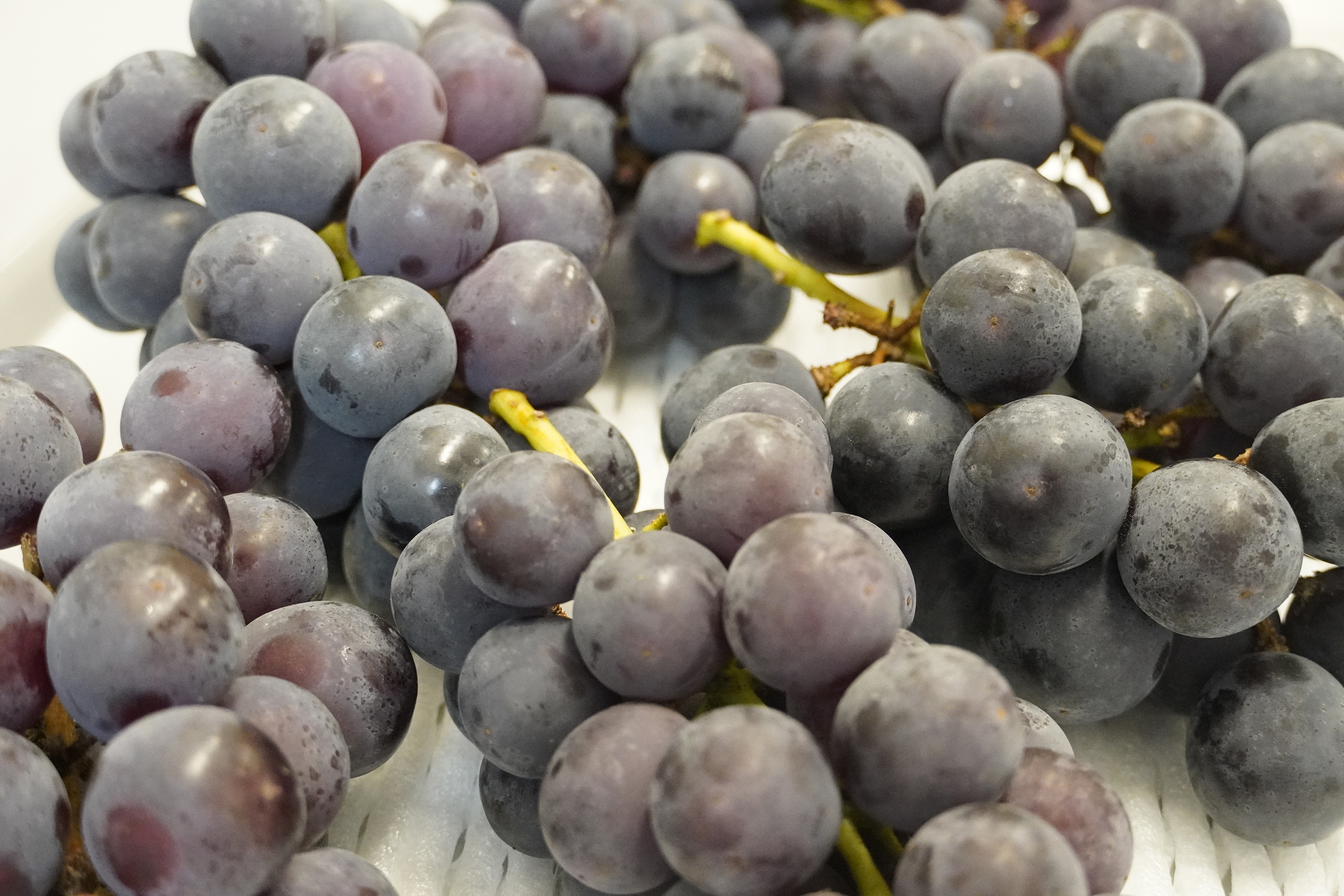
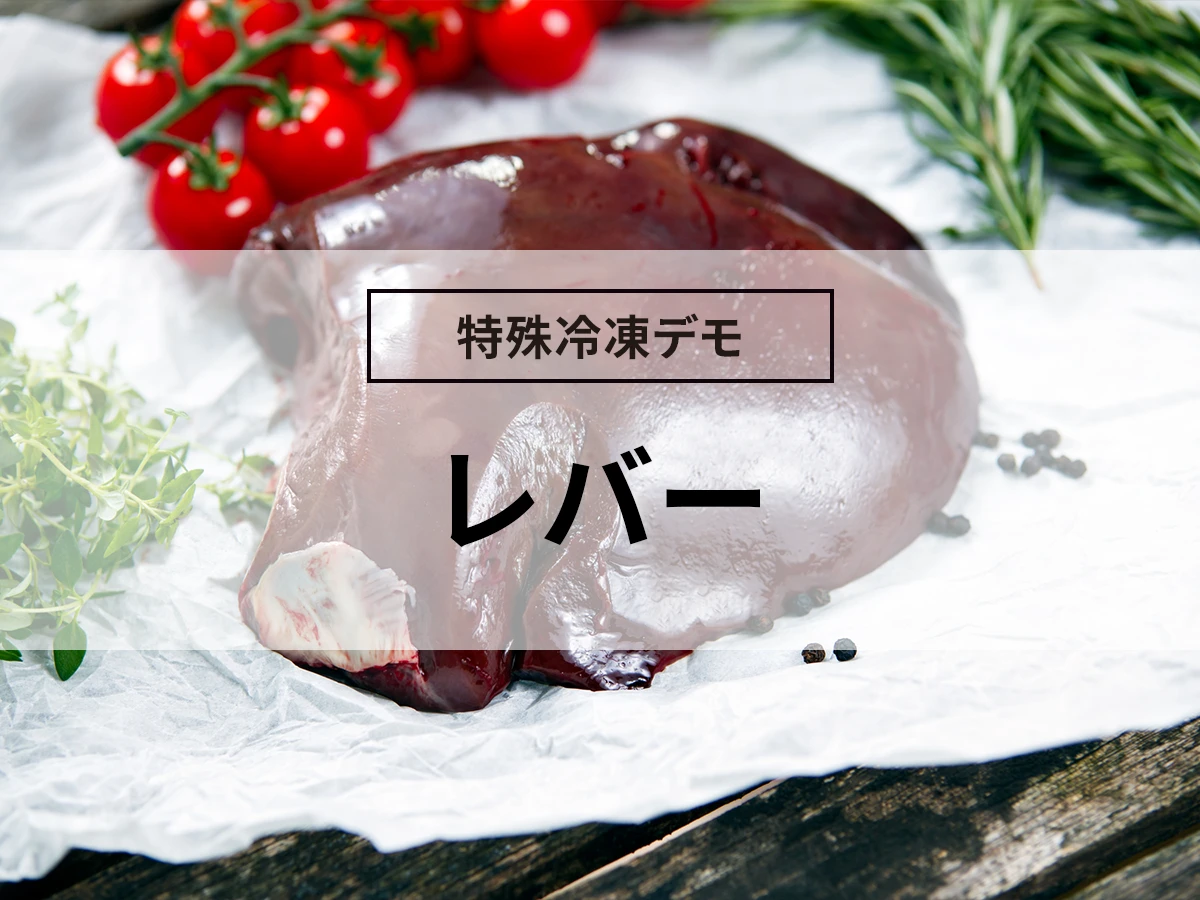
![Introducing recipes and methods for freezing and thawing bananas [Explanation with photos! ]](https://shunkashutou.com/wp-content/uploads/2023/07/494e7567627fb35e47ee5cb0e06e142c.jpg)
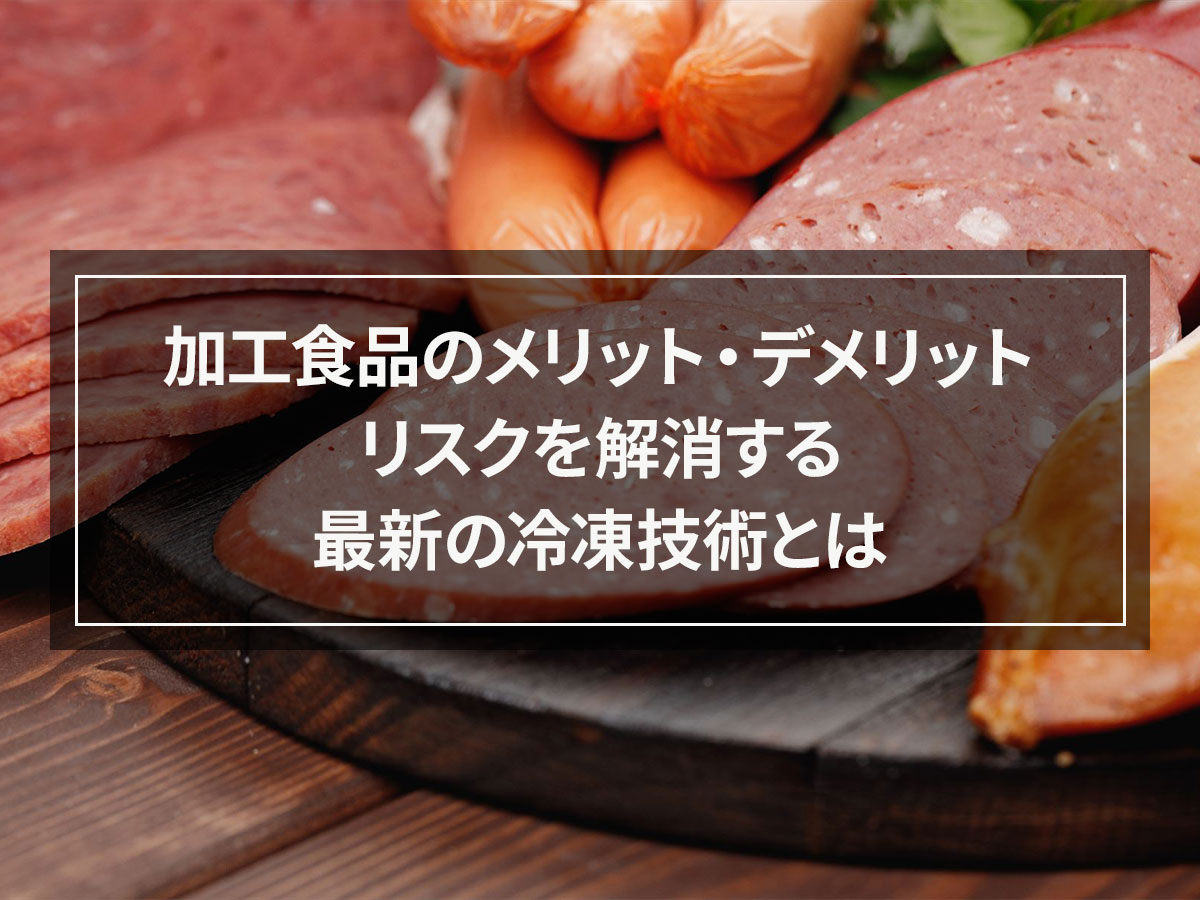
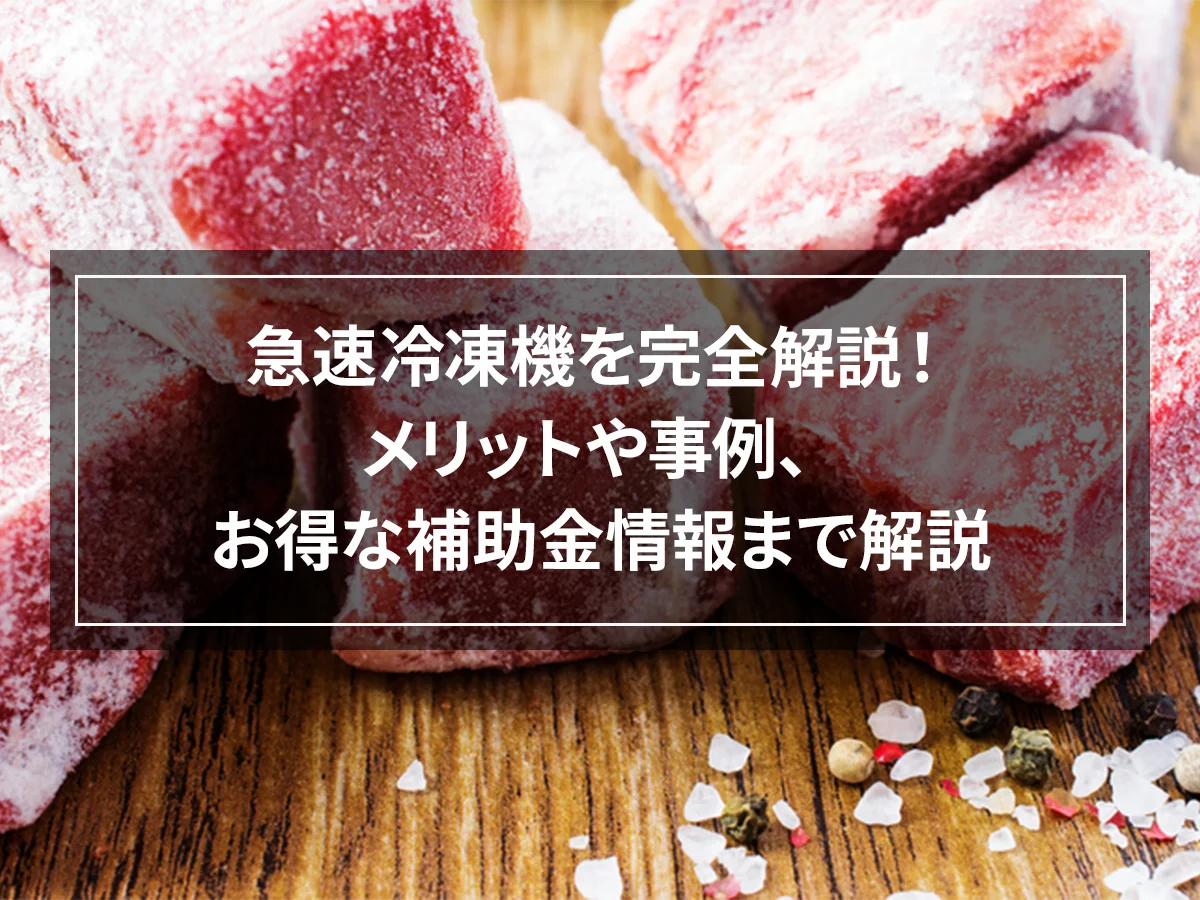
![Explaining how to freeze garland chrysanthemums with photos! [Defrosting and storage period, 5 recipes]](https://shunkashutou.com/wp-content/uploads/2023/10/syungiku-catch-768x512-1.jpg)
![How to freeze rice cake, expiry date, and 5 recipes! [Explanation with photos! ]](https://shunkashutou.com/wp-content/uploads/2023/10/bd019f04ad570f697ffefe9ffd2e1e71.jpg)
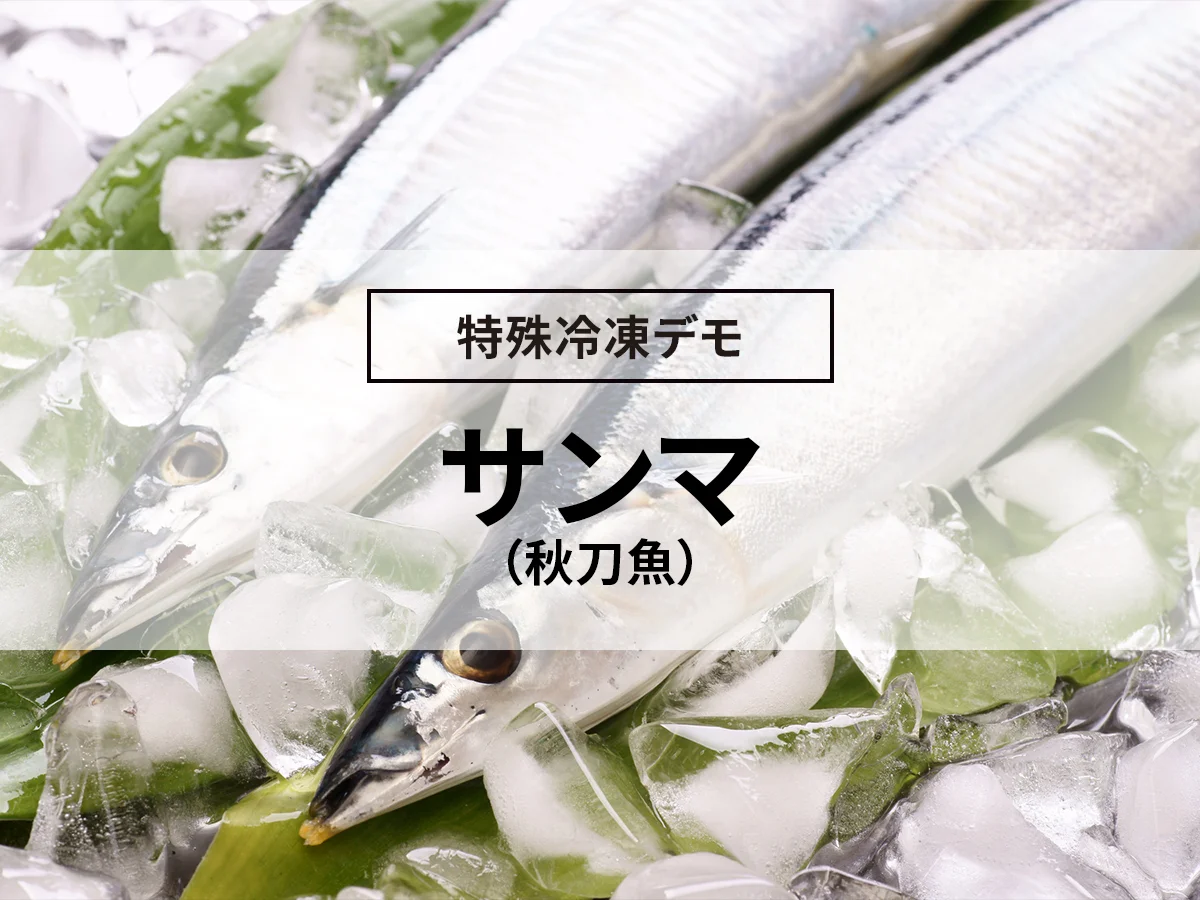
![Introducing the frozen preservation method and recipe for bamboo shoots [Explanation with photos! ]](https://shunkashutou.com/wp-content/uploads/2023/07/4c47b443710cb5788386ab6fd1fa0a07.jpg)
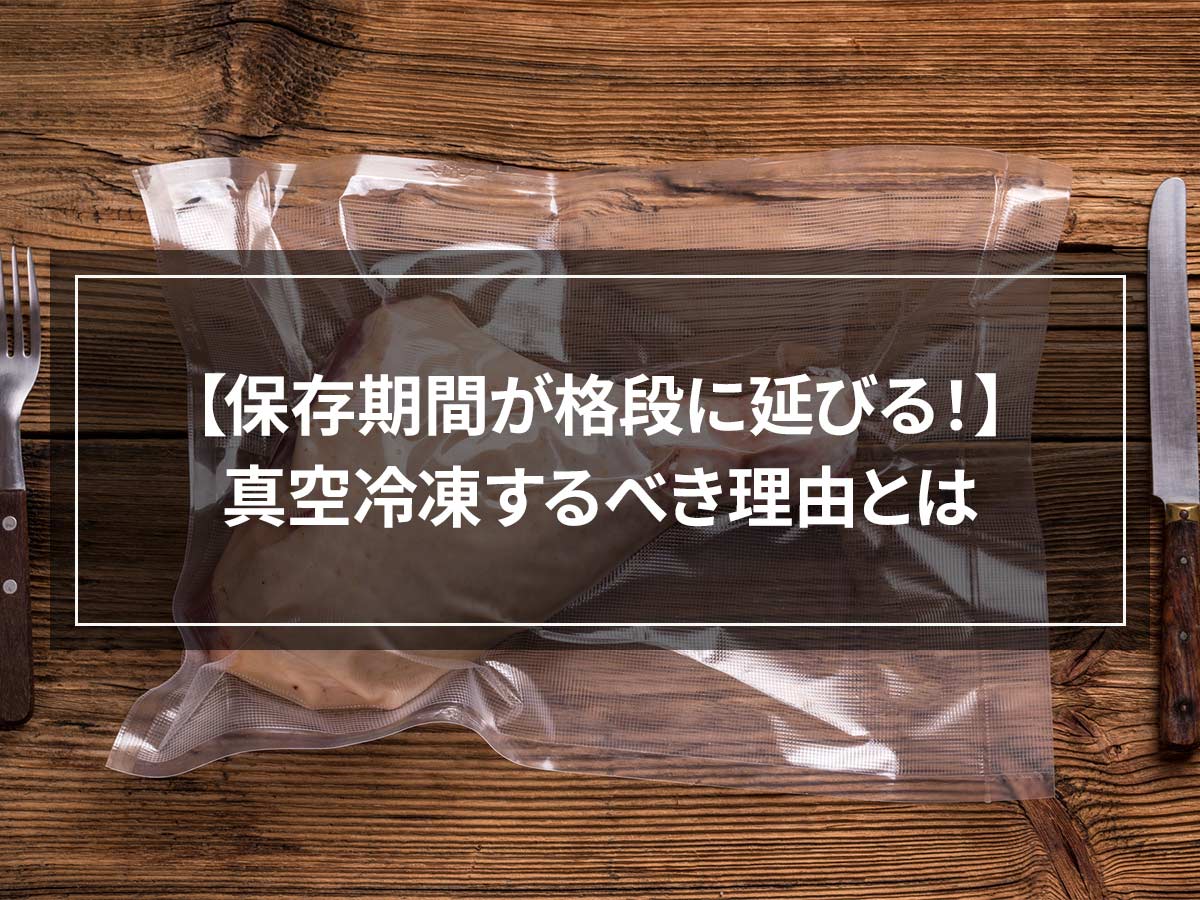
![[Explanation with photos! ] How to freeze beef, storage period, and 5 recipes!](https://shunkashutou.com/wp-content/uploads/2023/07/8717f2a867f52157bab47841b0f29019.jpg)
